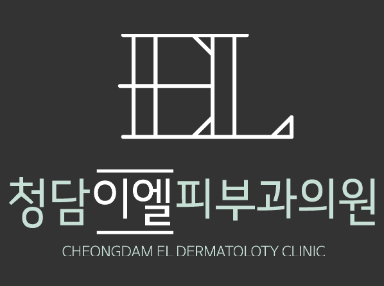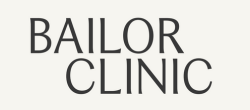Rejuran Healer vs. Microneedling: Which Treatment Is Right for Your Skin in Korea?
Introduction
If you’re looking into skin-rejuvenation treatments in Korea, two popular options often come up: Rejuran Healer — a polynucleotide injection treatment — and microneedling, a minimally invasive device-based therapy. Both aim to improve skin texture, tone, pores and resilience, but they work in fundamentally different ways. This blog-style guide will help you compare them so you can decide which is the better fit for your skin types and goals.
What Is Rejuran Healer?
Rejuran Healer uses polynucleotides (PN, sometimes called PDRN) derived from salmon DNA. The material is injected into the skin to stimulate regeneration, collagen production, and improve the “health” of the dermis and epidermis.
Key features:
- Focuses on skin repair and regeneration rather than volumising.
- Helps with fine lines, large pores, texture issues, dull or damaged skin.
- Minimal downtime.
- Usually performed by injection across the face in micro-droplets.
What Is Microneedling?
Microneedling — also known as collagen-induction therapy — uses fine needles to create micro-injuries in the skin surface, which triggers a healing response and collagen-elastin production. In Korea there are standard microneedling devices, and more advanced versions that combine radio-frequency (RF) energy (RF microneedling).
Key features:
- Addresses texture irregularities: acne scars, enlarged pores, mild skin laxity, uneven tone.
- Can be combined with serums, boosters, or skin-infusions for enhanced effect.
- Some downtime (redness, mild swelling) for 1-2 days.
- Customisable depth and intensity depending on skin concern.
Rejuran Healer vs. Microneedling: Key Differences
1. Mechanism of Action
- Rejuran Healer: Injects biological polynucleotides to support fibroblast activation, tissue repair and deeper collagen stimulation.
- Microneedling: Creates micro-channels/trauma to stimulate skin’s innate healing and collagen formation, and enhances absorption of topical agents.
2. Ideal Skin Concerns
- Rejuran Healer: Best when your main issue is skin barrier damage, thinning skin, visible sun damage, enlarged pores and early signs of aging — especially when you want an overall “skin health” boost.
- Microneedling: More suitable if you have visible texture issues — acne scars, large pores, rough skin, mild laxity — and you want a more active treatment rather than purely restorative.
3. Downtime & Comfort
- Rejuran Healer: Typically minimal downtime, possible mild swelling or pin-point injections marks that fade quickly.
- Microneedling: Slightly more visible during immediate post-treatment — redness similar to a sunburn, possibly mild swelling; more downtime if deeper depth or RF-microneedling is used.
4. Treatment Frequency & Timeline
- Rejuran Healer: Usually recommended as a series (e.g., 3 sessions spaced ~3-4 weeks apart) with maintenance after. Results build gradually over weeks as repair occurs.
- Microneedling: Also often done in a series (2-4 sessions) but you might see improvement sooner in texture, with ongoing collagen maturation over months.
5. Customisation & Combination
- Rejuran Healer: Dose and injection depth matter; the doctor’s skill is paramount.
- Microneedling: Depth, needle device type, whether serum/booster is used, whether RF is combined — all variables matter. Also more easily combined with other devices (lasers, RF, boosters).
Which One Should You Choose?
Here’s a quick guide:
- If your skin concerns centre on barrier damage, thinning, dullness, pores, early aging, go for Rejuran Healer.
- If you’re dealing with texture problems, acne scars, large pores, uneven tone, and you’re okay with a bit more recovery, go for microneedling (or RF microneedling if you want stronger effect).
- Often the best approach is a combined strategy: for example, use microneedling to improve texture + then Rejuran Healer for regenerative support and maintenance.
Aftercare & What to Expect
For either treatment:
- Avoid heavy exercise, saunas and heat exposure for at least 24-48 hours.
- Use gentle skincare, hydrate well, and protect from sun exposure.
- Expect mild redness or swelling; full results generally appear over several weeks.
- Consultation with a board-certified dermatologist is crucial; you want the treatment tailored to your skin thickness, tone, concern area and condition.
Final Thoughts
Both Rejuran Healer and microneedling deliver meaningful skin improvements — but the type of improvement is different. Think of Rejuran Healer as a
repair/regeneration booster and microneedling as a
texture-and-collagen stimulator. The best choice depends on your skin’s baseline condition, your goals and how much downtime and intensity you’re comfortable with. As always in Korea, the expertise of the dermatologist and customisation of the treatment matter more than the brand name.


